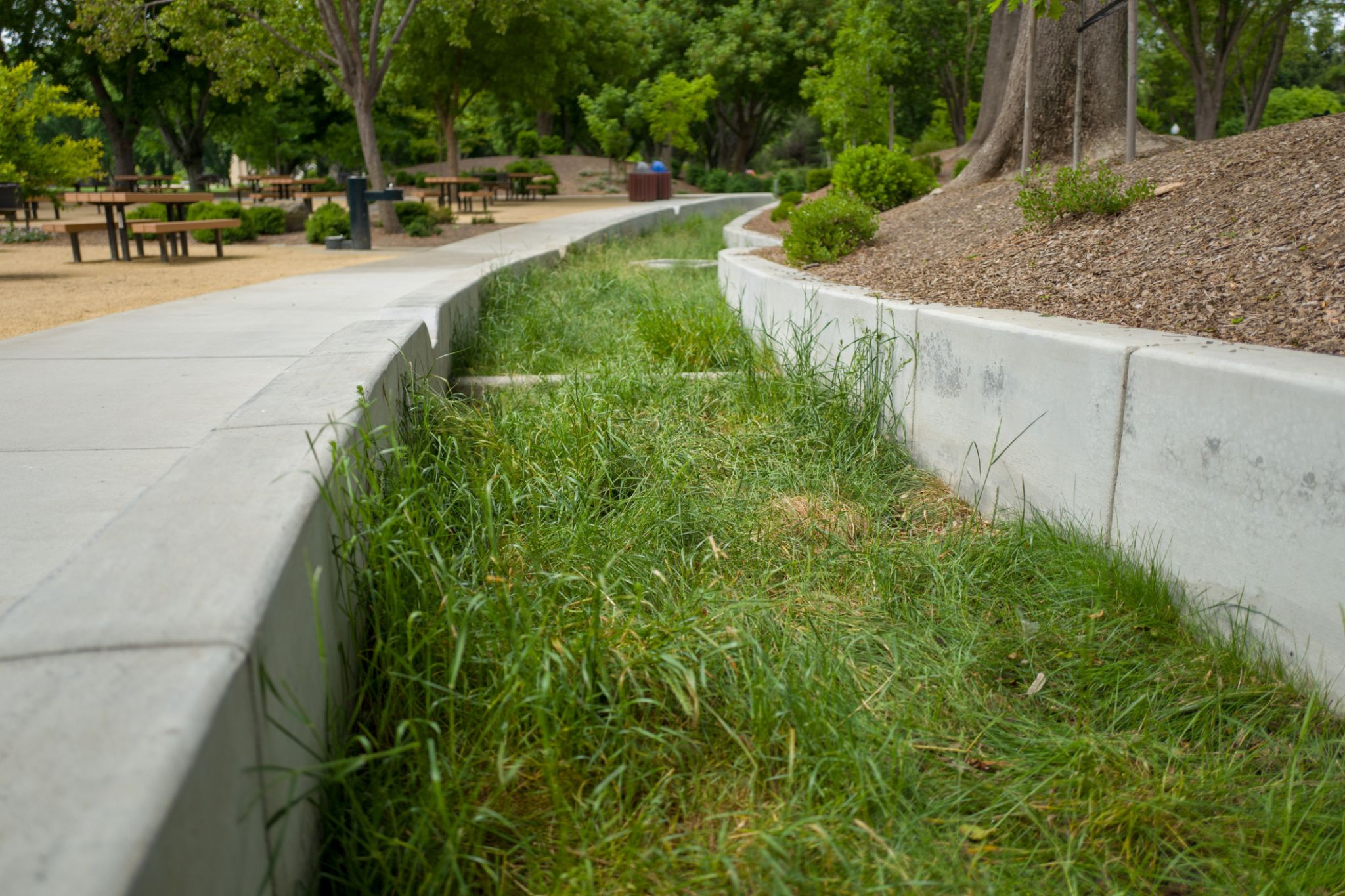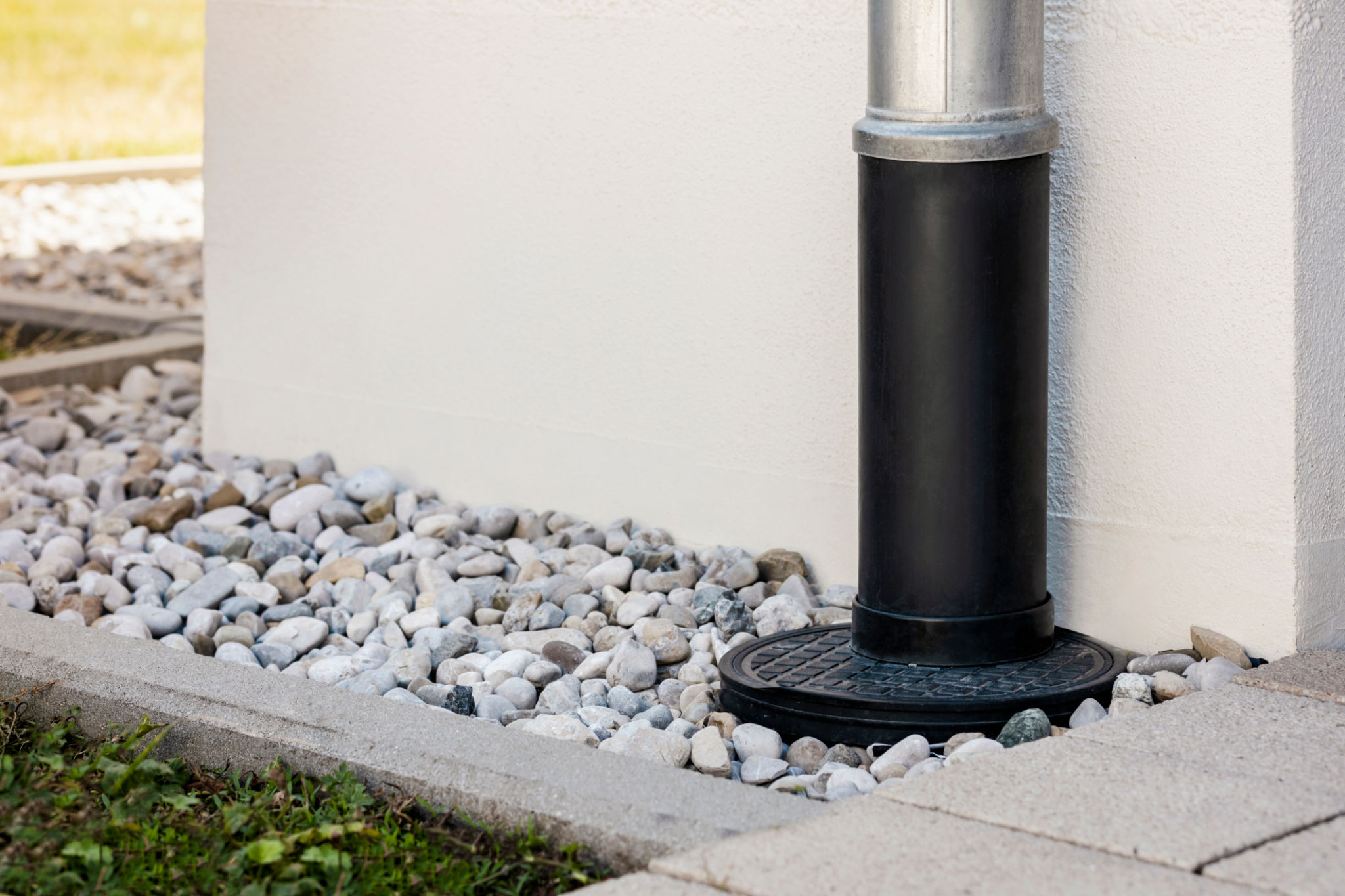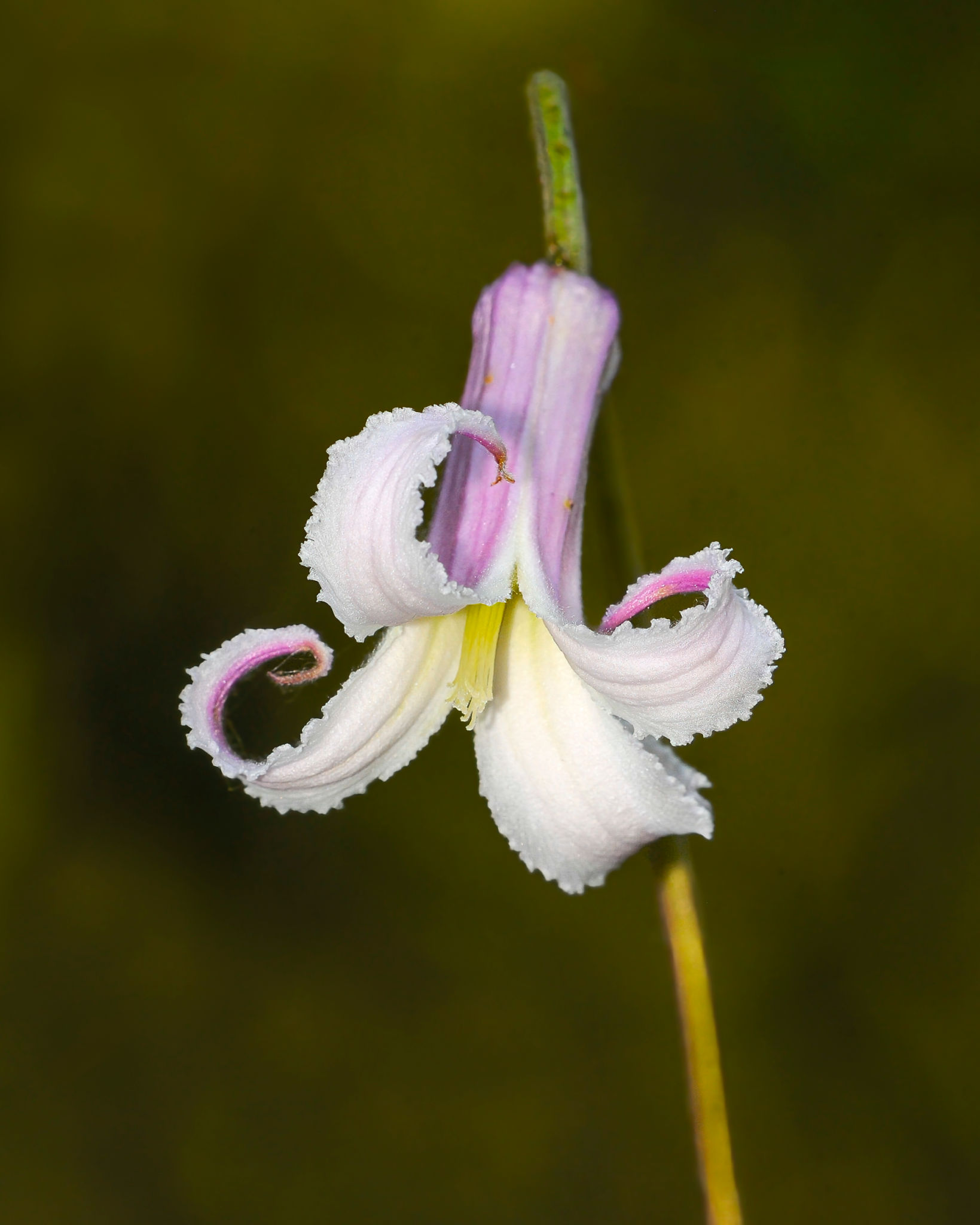Seasonal Tips for Maintaining Bio-Swales in Florida's Unique Climate
Understanding Bio-Swales and Their Importance
Bio-swales are an essential component of sustainable landscaping, designed to manage and treat stormwater runoff. These vegetated channels slow, collect, and filter rainwater, helping to reduce flooding and prevent pollutants from entering waterways. In Florida, with its unique climate and frequent rainstorms, maintaining bio-swales effectively is crucial for maximizing their environmental benefits.
Florida's climate offers both challenges and opportunities for bio-swale maintenance. The state's high humidity, intense rainfall, and diverse plant species require a tailored approach to ensure bio-swales remain functional year-round. Understanding the seasonal variations and needs is key to successful management.

Spring: Preparing for Growth
Spring in Florida is a time of growth and rejuvenation. As plants begin to flourish, it's important to prepare your bio-swales for increased vegetation. Start by inspecting the area for any debris or blockages that may have accumulated over the winter months. Remove fallen leaves, branches, and any litter to ensure the smooth flow of water.
Consider conducting a soil test to determine nutrient levels and pH balance. This information will guide you in selecting the right fertilizers to promote healthy plant growth. Choose slow-release, organic options to minimize nutrient runoff into nearby water bodies.
Summer: Managing Heavy Rainfall
Florida's summer months are characterized by heavy rains and thunderstorms. During this period, it's crucial to ensure your bio-swales can handle large volumes of water. Monitor the vegetation closely, as healthy plants play a vital role in absorbing and filtering rainwater.
Regularly check for signs of erosion or sediment build-up within the swales. If erosion is evident, consider planting deeper-rooted native species that can stabilize the soil. Additionally, ensure that the inlet and outlet structures of the bio-swales are clear and functioning correctly.

Fall: Clearing and Pruning
As fall approaches, focus on clearing and pruning activities. Remove any dead or decaying plant material to prevent blockages and maintain an attractive appearance. Pruning will also encourage new growth in the coming spring season.
This is also a good time to assess the overall health of your bio-swale plantings. Replace any plants that appear diseased or are not thriving. Opt for native species that are well-adapted to Florida's climate, as they require less maintenance and provide better ecological benefits.
Winter: Routine Maintenance
Winter in Florida is generally mild, offering an excellent opportunity for routine maintenance of bio-swales. Take advantage of this quieter season to perform a thorough inspection of the infrastructure and vegetation.
Check for any structural damages or signs of wear and repair them promptly. Continue monitoring plant health and address any issues that arise. Regular maintenance during winter will ensure your bio-swales are prepared for the upcoming spring growth.

Emphasizing Native Plant Species
Using native plant species is a key strategy in maintaining bio-swales in Florida's climate. Native plants are naturally resistant to local pests and diseases, reducing the need for pesticides. They also provide crucial habitat for local wildlife, enhancing the ecological value of your landscape.
Select plants that thrive in wet conditions and can tolerate occasional flooding, such as pickerelweed or soft rush. These species not only support water filtration but also add beauty and diversity to your bio-swale.
Conclusion: A Year-Round Commitment
Maintaining bio-swales in Florida's unique climate requires a year-round commitment. By understanding seasonal needs and focusing on proactive maintenance, you can ensure your bio-swales function effectively and contribute positively to the environment.
With careful planning and regular monitoring, these green infrastructures can help protect Florida's waterways while enhancing the beauty and sustainability of your landscape.